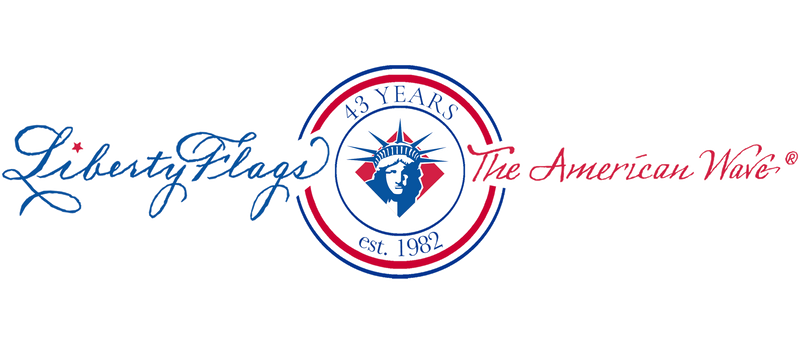Related Links...
NASA Created — July 29, 1958
NASA's First — The Mercury Seven
Mariner 4 — The Mars Flyby
Gemini IV — The First American Spacewalk
Apollo 7 — A Pioneering Triumph
1969 Apollo 11 Moon Landing, The First Man on the Moon
Apollo 12 — November 1969
Locating Planet-X (Pluto)
Challenger 1984 — The First Untethered Space Walk

Paving the Way for Martian Exploration
When it comes to space exploration, the Viking 1 mission holds a special place in history. Launched by NASA in 1975, Viking 1 became the first successful spacecraft to land on Mars, marking a monumental milestone for humanity's exploration of the Red Planet.
Each year, on July 20, we mark the anniversary of the Viking 1 Mars landing... which just happened to occur exactly seven years after Apollo 11 first land humans on the Moon.
The Bold Journey to Mars
Viking 1 embarked on its interplanetary voyage on August 20, 1975. After a ten-month journey through space, the craft reached Mars on June 19, 1976, with the lander touching down on July 20.
The planned landing date had been July 4, and was intended to coincide with celebrations of the United States' bicentennial. However, unsafe landing conditions caused delays.
The landing site chosen was Chryse Planitia, a vast plain located near the Martian equator. The descent was a nail-biting experience for scientists and engineers back on Earth, as the success of the mission hinged on the intricate landing process. After careening through the atmosphere at 3.1 miles per second, engineers were able to bring Viking 1 to a safe landing with only a minor jolt.

Revolutionary Experiments and Discoveries
Landing on Mars was only the beginning; once safely on the Martian surface, Viking 1 initiated an array of groundbreaking experiments. Its primary mission objectives were to search for signs of life and study the planet's geology.
The spacecraft employed an array of sophisticated instruments, including a gas chromatograph-mass spectrometer and a biology instrument package. These tools analyzed soil samples and measured atmospheric composition, providing crucial data about the planet's chemistry and potential habitability
The Search for Signs of Life
One of Viking 1's most significant purposes was to search for signs of life on Mars. The biology instrument package conducted experiments to detect the presence of microbial life in the Martian soil.
Test results were inconclusive and sparked an enduring debate within the scientific community. The lack of conclusive evidence left the question of life on Mars unanswered, but Viking 1 paved the way for future missions to continue to seek these answers.

Legacy and Influence
Viking 1's contributions to Mars exploration extend far beyond its initial mission. It provided invaluable insights into the planet's geology, weather patterns, and atmospheric conditions, forming the foundation for subsequent missions.
Its successful landing and comprehensive scientific investigations established a template for future Mars missions, guiding the development of newer rovers and landers.
Viking 1 was a trailblazer, inspiring generations of scientists and engineers to continue exploring the mysteries of the cosmos.
NASA re: the Beginning of Mars Exploration
In 2016, NASA celebrated the 40th anniversary of the Viking 1 landing, in part, by releasing this four and a half minute video detailing the event and its impacts. Enjoy!
Share Your Pictures With Us!
Send us your pictures of your own American flags, flagpoles, ropes, or other accessories! We would be honored to feature your photography in our blog or on Facebook. Remember, photos of damaged flags and accessories are valuable, too.
Was this information useful to you?
Do you have suggestions for information you'd like to see here? If so, please send them our way!
Please send all of your suggestions or questions to service@LibertyFlags.com. We want to hear from you!
Have a great day, from your friends at LIBERTY FLAGS, The American Wave®.

